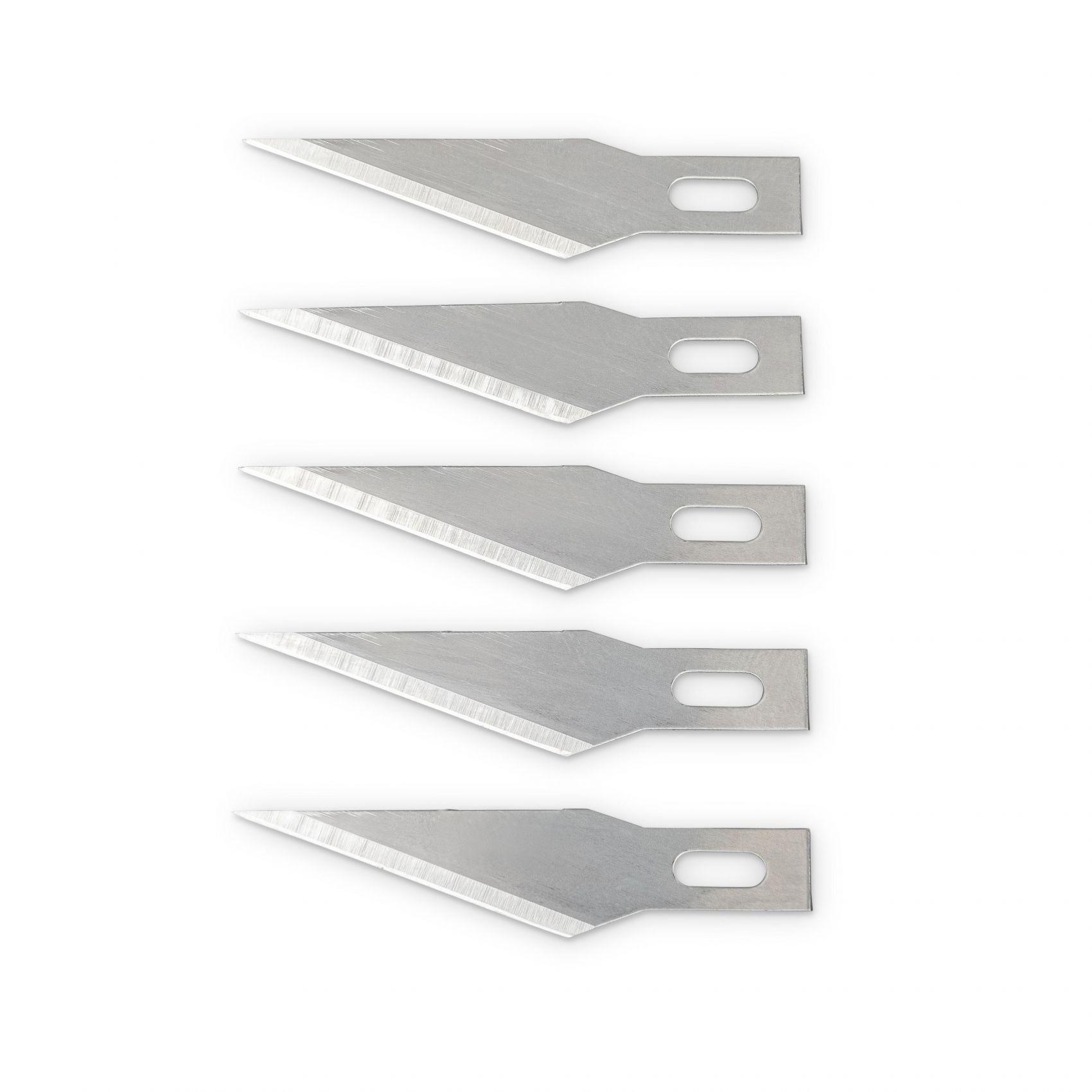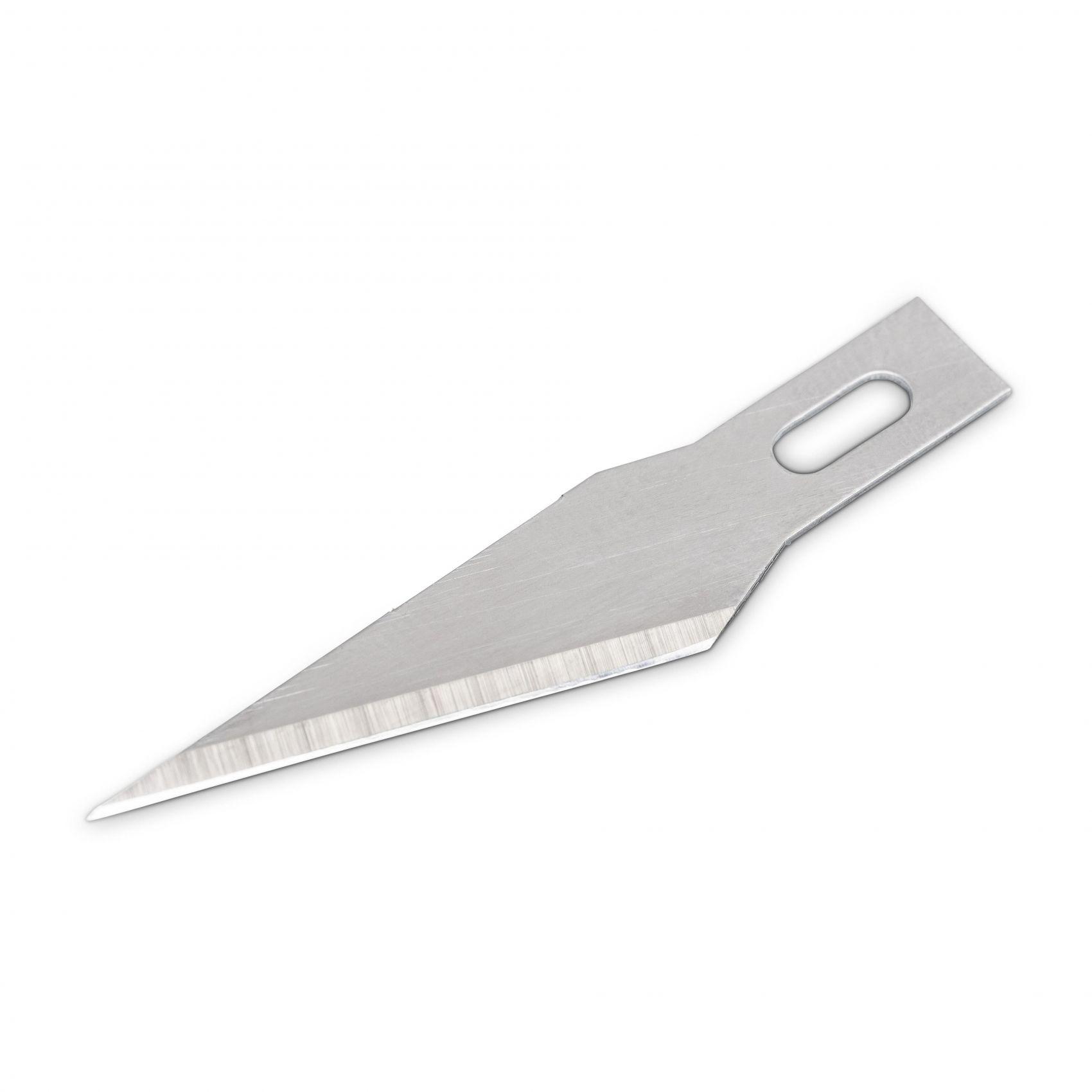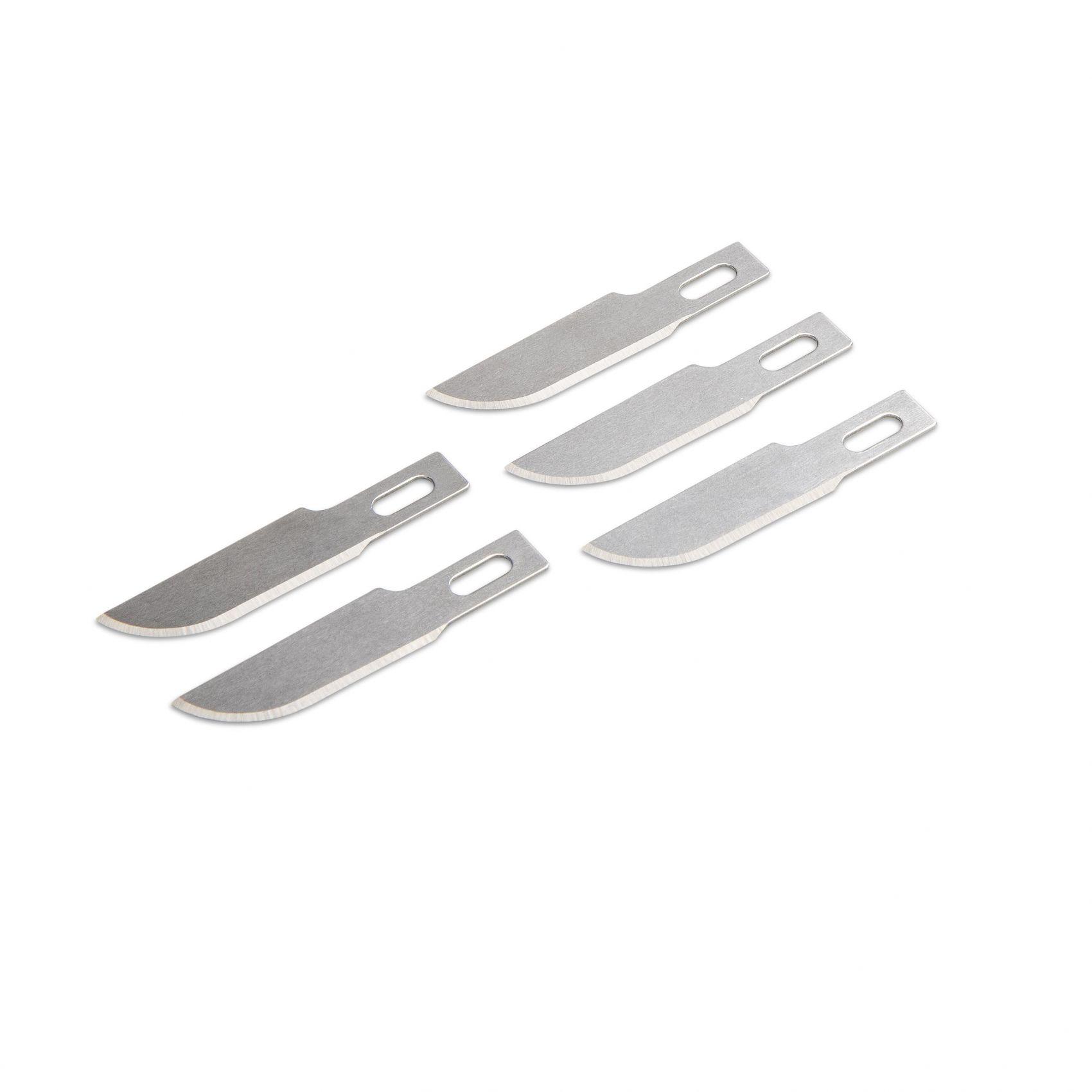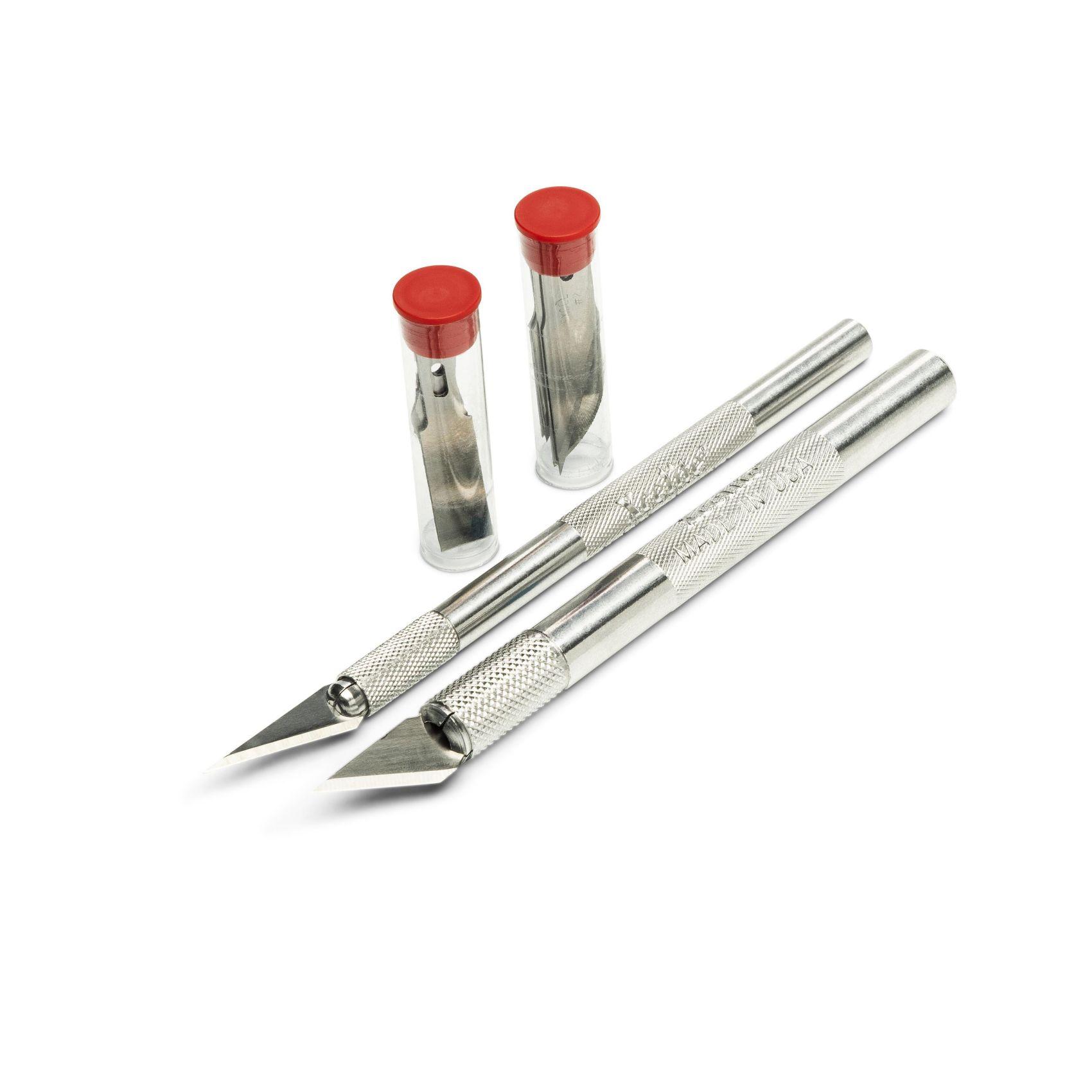The progress of fuel cell technology since middle of 80s has converted the fuel cell concepts to a widely accepted power units for 21st century. The central component of the technology is the membrane. The membranes are designed to high-power, high lifetime, and high reliability at application’s conditions. Depending on the application, the membranes are distinguished mostly by its thickness. Special types of fuel cells are powered by electrochemical conversion of low alcohols. The thinnest membranes 10-15 µm are tailored to use in fuel cell vehicles of power class from 50kW up to 300kW such as passenger cars, light-duty trucks or buses; this class includes also the scalable modules for trains.
The thickness of membranes for projected propulsion of heavy-duty trucks and in marine sector is approaching 20-30 µm for its ultimate lifetime meeting the target of the power class of 500 kW up to multi-MW system.
The membranes in thickness 60-100 µm are designed for Hydrogen-Oxygen operation allowing pressure operation and very high reliability. The membranes F-14100 and F-1850 are blend membranes for use in fuel cell, where direct alcohol conversion is aimed on. The membranes feature low swelling and low fuel cross-over. The overview of the membranes is summarized in Table 1 and Table 2.









